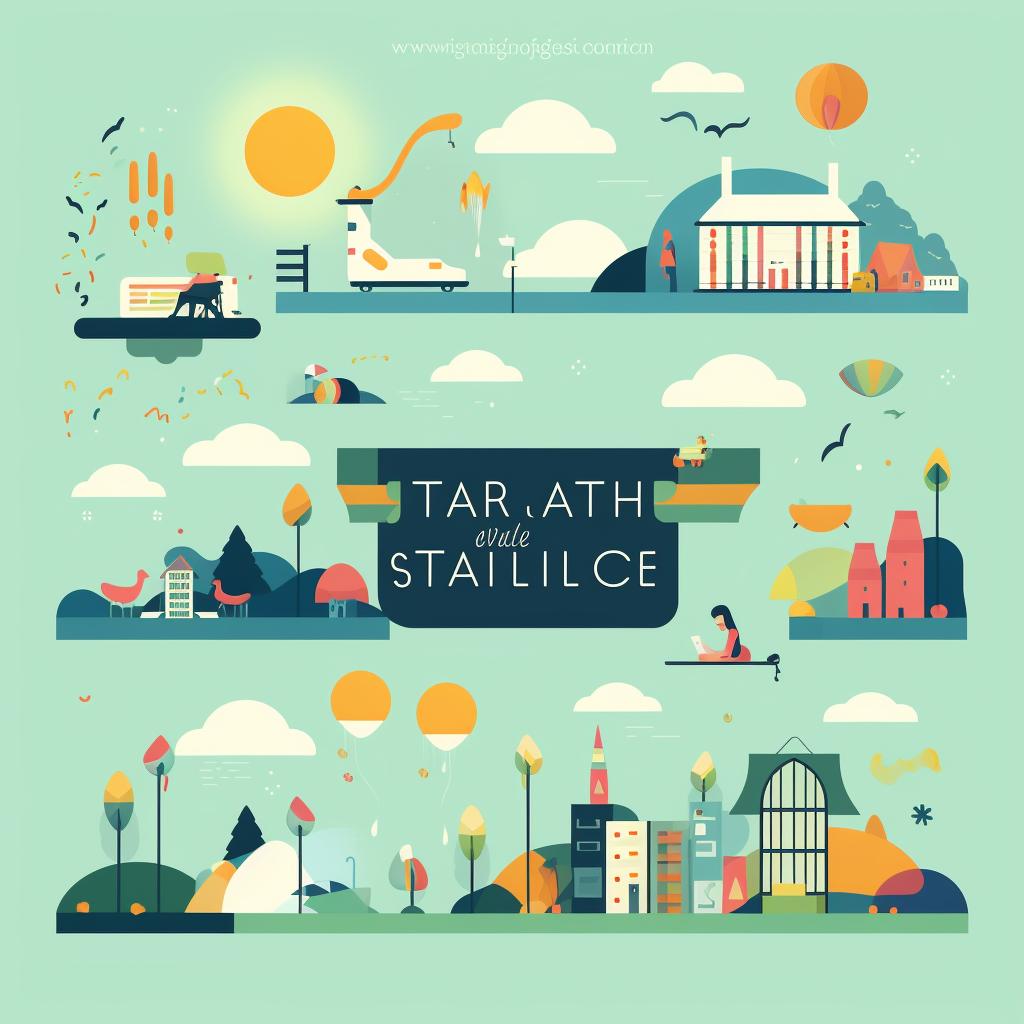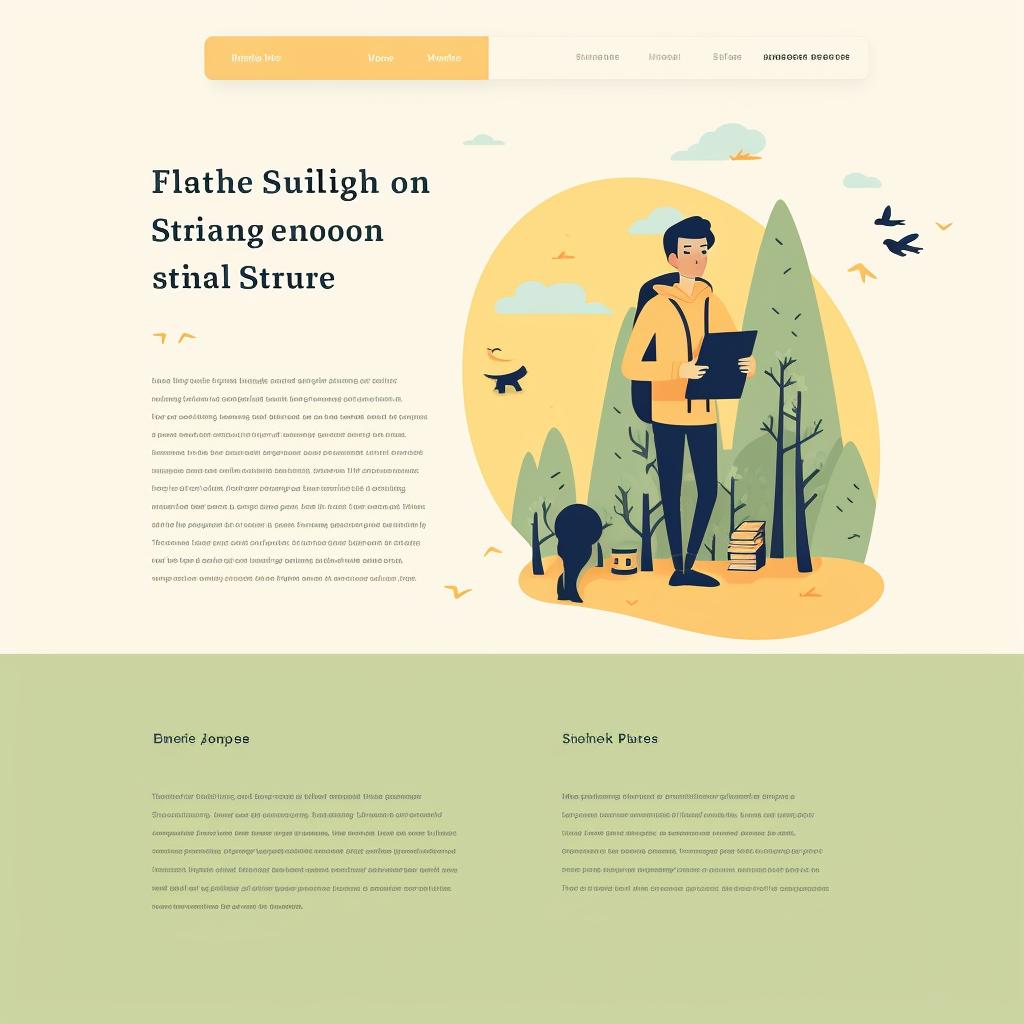🔑 Mastering SEO-Friendly Blog Posts: A Step-by-Step Guide 🔍
Unlock the Secrets to SEO-Friendly Blog Posts: A Step-by-Step Guide
Are you ready to take your blog to the next level? Mastering SEO-friendly blog posts is the key to increasing your online presence and reaching a wider audience. With our step-by-step guide, you'll learn how to create engaging, unique, and SEO-optimized content that will skyrocket your blog's visibility.
Step 1: Keyword Research
The first step in creating SEO-friendly blog posts is to identify the keywords your target audience is using to search for content. Tools like Google Keyword Planner and SEMrush can help you find relevant keywords that will attract organic traffic to your blog.
Step 2: Create a Catchy Title
Crafting a compelling and SEO-friendly title is crucial for grabbing the attention of both search engines and readers. Include your primary keyword in the title to improve your search engine ranking and entice readers to click on your blog post.
Step 3: Write Quality Content
High-quality, engaging content is the backbone of any successful blog. Make sure to naturally incorporate your keywords throughout the post without overdoing it. Focus on providing valuable information and solving your readers' problems to keep them coming back for more.
Step 4: Use Subheadings
Breaking up your content with subheadings not only improves readability but also helps search engines understand the structure of your blog post. Include keywords in your subheadings where appropriate to further optimize your content for SEO.
Step 5: Optimize Images
Including relevant images in your blog posts not only enhances the visual appeal but also helps with SEO. Use alt text to describe your images, as this helps search engines understand what the image is about and improves your chances of ranking higher in image searches.
Step 6: Include Internal and External Links
Linking to other relevant posts on your blog and authoritative sites not only provides additional value to your readers but also helps improve your SEO ranking. Internal links help search engines navigate your site, while external links show that your content is well-researched and trustworthy.
Step 7: Write a Meta Description
A concise meta description is a snippet of text that appears below your blog post's title in search engine results. It provides a brief summary of your content and entices readers to click through to your blog. Including your primary keyword in the meta description helps search engines understand what your post is about.
By following these steps, you'll be well on your way to creating SEO-friendly blog posts that will attract more readers and boost your online presence. Remember, consistency is key, so make sure to implement these strategies in all your future blog posts. Happy blogging!
Join our community of bloggers at Blogger Secret and unlock the secrets to successful blogging. From lifestyle to beauty, travel to fashion, we've got you covered. Take your online presence to the next level and become a blogging superstar.



















